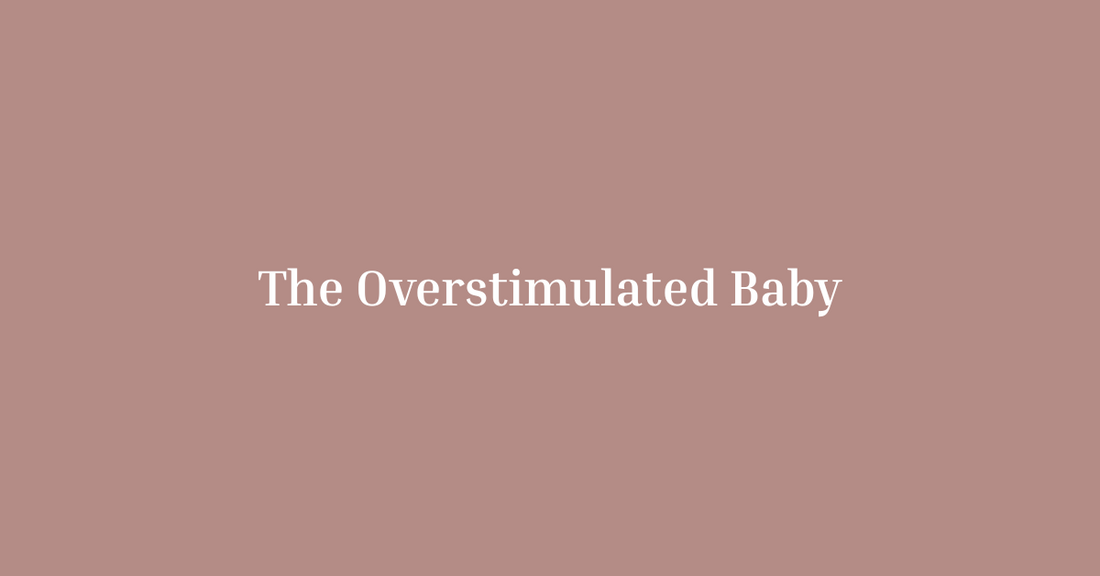
The Overstimulated Baby: Signs, Solutions, and How to Create a Calmer Routine
Share
You’ve fed them, changed them, rocked them… and still, your baby is unsettled. It’s not always hunger, or gas, or teething. Sometimes, it’s simply this: they’re overstimulated.
In a world full of flashing toys, bouncing chairs, and well-meaning visitors, it’s easier than ever for babies to get overwhelmed. Here’s how to tell when your baby needs less, and how to create a calming routine that truly helps.
What Is Overstimulation in Babies?
Overstimulation happens when a baby’s senses (sight, sound, touch_ are bombarded faster than their developing nervous system can process.
According to the American Academy of Pediatrics, infants have limited ability to self-regulate sensory input in the first year, especially during rapid growth phases.
The result? Fussiness, difficulty falling asleep, short naps, and what parents often call the “witching hour.”
Common Signs Your Baby Is Overstimulated
Some babies show it with big drama, others with subtle cues. Look for:
- Clenched fists or stiff limbs
- Turning away from lights or people
- Arching their back or squirming
- Sudden crying after a busy period
- Short naps or frequent night waking
- Difficulty calming down even when held
What Causes Overstimulation?
Even everyday activities can be overwhelming for a young baby:
- Bright toys that flash and make noise
- Back-to-back social visits
- Errands, shopping malls, or travel
- Screen time in the room (even if baby isn’t watching)
- Constant switching between caregivers or environments
How to Create a Calmer Routine
1. Simplify the Environment
- Stick to soft, natural lighting
- Limit toys to a few neutral, textured objects
- Use muted colour palettes—avoid overly bright décor
2. Introduce Consistent Sensory Cues
A familiar, repetitive cue tells your baby it’s time to wind down.
- Use white or brown noise during naps and bedtime.
- Choose a portable sound machine (like Shushiie) so the cue travels with you.
- Avoid switching between multiple apps/devices.
3. Watch the Awake Window
Overstimulation often happens when babies are awake too long.
- Newborns: ~45–60 mins
- 3–6 months: ~1.5–2 hrs
- 6–12 months: ~2–3 hrs
Catch sleep before overtiredness kicks in.
4. Create a Pre-Sleep Reset
After outings or high-energy play, give baby a sensory “reset”:
- Dim lights
- Hold them in a quiet space
- Use a low, consistent sound (brown noise works beautifully)
- Avoid eye contact for a few minutes—it’s stimulating!
Final Thought: Babies Need Less Than We Think
In a world of noise and novelty, your baby is often craving calm. By recognising the signs of overstimulation and building a simple, sensory-friendly routine, you’re giving them the best possible environment to settle, grow, and sleep peacefully.
